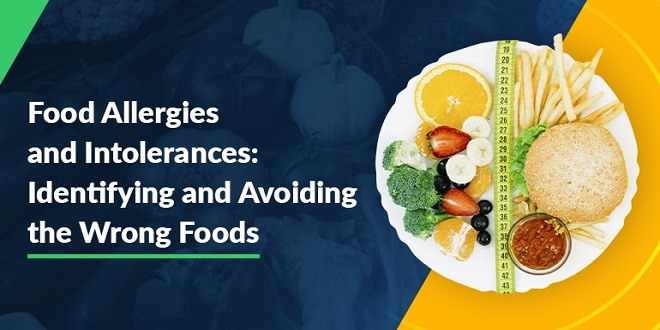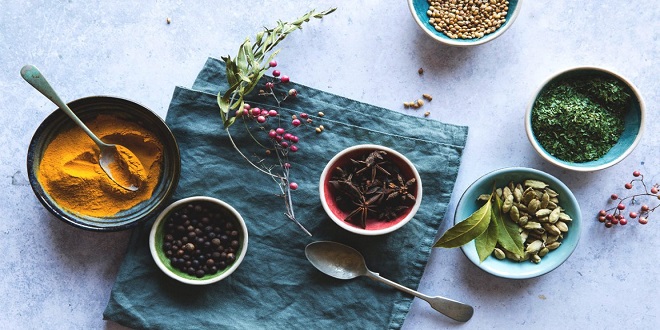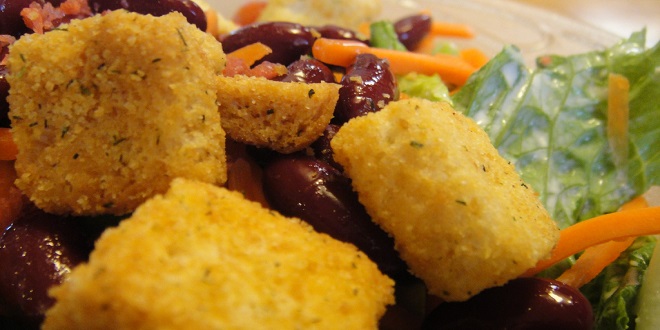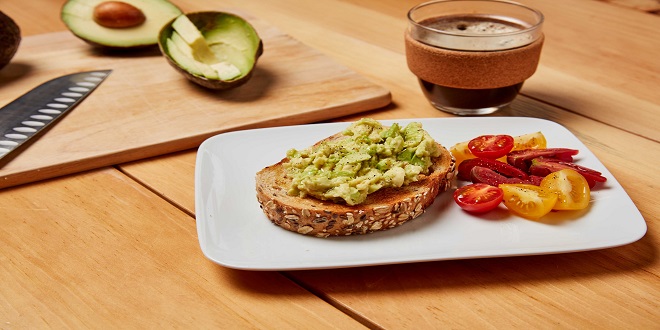Do Pesticides and Other Chemicals Harm?
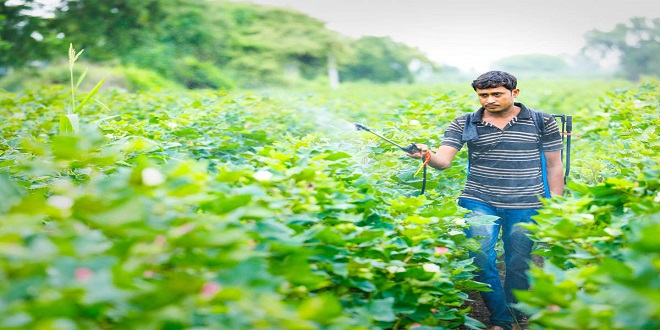
The remarkable productivity of modern agriculture depends to a large degree on a wide array of complex chemicals. These include fertilizers and pesticides applied to crops, antibiotics and hormones given to livestock, and additives included in animal feed. In North America, these chemical solutions provide an abundance of food at a very low cost.
Inevitably, though, most crops retain traces of pesticides, and animal products may contain somewhat larger amounts. Because high doses of certain pesticides have been linked to health problems in animals, it is not surprising that North Americans are concerned that residues of them in foods we eat could cause birth defects, neurological diseases, and even cancer. Environmental pollutants in the air, water, and soil—heavy metals such as mercury and toxic compounds such as PCBs (polychlorinated biphenyls) and dioxins—may also make their way into the food supply
Mercury
Mercury enters the atmosphere primarily from coal-burning electric utilities, then becomes more toxic when bacteria in lakes and oceans convert it into methylmercury, which fish and shellfish absorb into their tissues. The bigger a predatory fish—like swordfish—the more methylmercury it’s likely to harbor.
Methylmercury is particularly toxic to pregnant women, nursing mothers, and young children. Even low-level exposure can affect the developing brain and have neurological and behavioral effects. In adults, dietary methylmercury may increase the risk of heart disease
Eat a wide variety of foods.
Doing so helps keep you from overeating any one type of food that may have high levels of pollutants or pesticides.
Eat plenty of fresh fruits and vegetables
They’re rich in fiber and antioxidants that may help protect the body from carcinogens. In addition, broccoli, cauliflower, cabbage, watercress, and brussels sprouts contain compounds that release isothiocyanates, which in turn stimulate the liver to produce enzymes that can detoxify carcinogens before they can cause harm. Phenolic compounds (in apples and other fruits) and bioflavonoids (high in citrus fruits) protect in similar ways.
Trim the animal fat
Whether a contaminant is harmful or not depends on how long it lingers. A substance that resists chemical or biological breakdown accumulates as it is ingested by one species after another, steadily building up as the food chain progresses from small species to the large and dominant. The highest levels of pollutants, therefore, are ingested by large animals, such as cattle. Many of these persistent pollutants are stored in an animal’s fat, which is why choosing lower-fat foods and trimming fat from meat can help to reduce the amount of pollutants you consume
Consider buying organically grown foods.
Organic foods are grown or processed without the use of any synthetic chemicals such as pesticides, herbicides, preservatives, growth hormones, and antibiotics (although some may be treated by natural pesticides, which can also be toxic).


